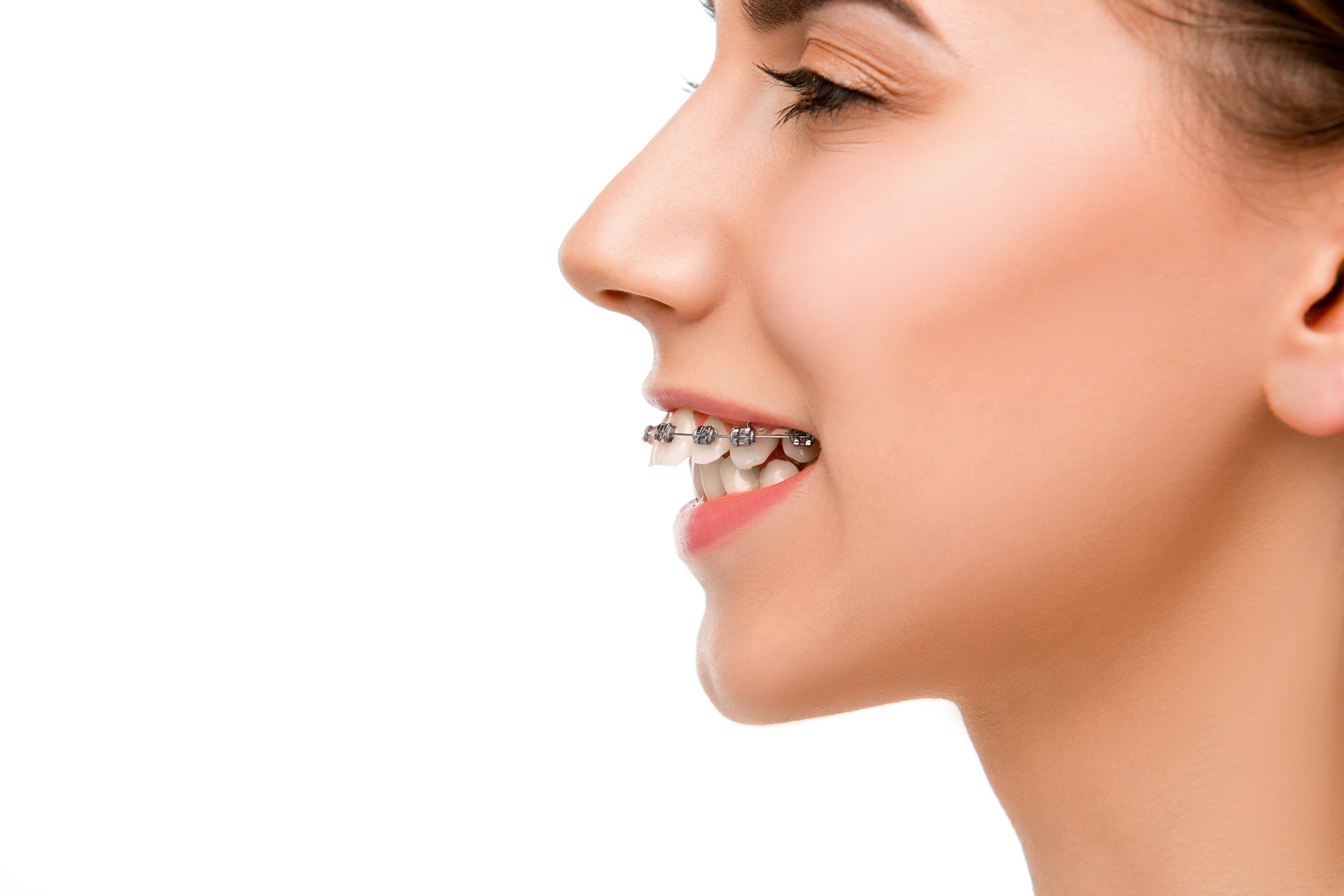How Can Orthodontists Fix Your Overbite?
About 60% of orthodontic patients in the United States have an “overbite” (officially called overjet). Although the upper incisors are normally in front of the lower ones, most patients do not like their front teeth sticking out much further. What causes an overbite, and how can orthodontists correct it?
Two Kinds of Overbite
There are two kinds of overbites, dental and skeletal. A dental overbite occurs when the upper teeth stick out too far relative to the lower ones, but the jaw structure is normal. One common cause is thumb or finger sucking. Sucking the thumb or fingers can push the top teeth forward and the bottom ones back.
Jaws Sizes Are the Same in Dental Overbites
Dental overbites can usually be improved with orthodontic-only treatments. Correction may or may not require the removal of teeth depending upon the amount of crowding or protrusion present. Even when the jaws are the same size, if they are too small compared to the size of the teeth, something has to “give.” If very crowded teeth are aligned without removing teeth, the result may be protrusive or flared teeth. In these cases, patients may feel like they have an overbite even though the top and the bottom teeth actually come together correctly. Another reason teeth may need to be removed is if there isn’t enough bone to support the alignment of overlapping teeth. Trying to line up teeth in insufficient bone can lead to irreversible gum recession and bone loss.
Short Lower Jaws Usually cause Skeletal Overbites
Discrepancies between the upper and lower jaw sizes causes the other type of overbite. Although it is possible for the upper jaw to be too big, this is rare. Underdeveloped lower jaws are responsible for most skeletal overbites.
Surgery Is the Only Way to Actually Correct a Small Lower Jaw
If a patient’s chief complaint is that their chin is too far back, the best “fix” is to lengthen the short jaw through surgery. Although most patients don’t seek braces hoping for surgery, it may be the only way to give them the results they want. Surgery may also be required in cases where the jaw-size discrepancy is just too large to be addressed in any other way.
What About Functional Appliances?
Despite developing many cleaver devices and performing years of research, orthodontists have NOT found a way to grow the lower jaw longer than it would be naturally. The length is determined by the DNA. All "functional appliances" that appear to lengthen the jaw actually work by changing the direction of growth or tipping the teeth (dental movement).
Camouflage Treatment Disguises Jaw-Size Discrepancies
Most patients with small lower jaws choose to avoid jaw surgery by choosing a “camouflage” approach. Camouflage means “to disguise.” It is used in overbite patients to hide the fact that their lower jaw is shorter than their upper. This means moving the top teeth back to match the lower ones, moving the lower teeth forward to reach the top ones, or a combination of both.
Rubber Bands and Springs are Effective at Correcting Mild to Moderate Overbites
In patients with mild overbites, the most common treatment is wearing rubber bands from the lower back teeth to the upper front ones. Correction is achieved by tipping the top teeth back and the bottom ones forward. The jaws don’t move. The amount the lower teeth can go forward is limited by how much they are flared to begin with and how much bone support they have. In patients with a moderate overbite, springs may be used to achieve greater correction. They are more effective mainly because they provide a more consistent force. Patients cannot forget to put them in because they are attached to their braces.
Removing Upper Teeth May Be Required to Correct Moderate to Severe Overbites
If a patient’s overbite is moderate to severe, or there isn’t enough bone in the lower anterior, removing two upper teeth may be required. Removing upper bicuspids allows the upper incisors to be scooted back without flaring the lower ones forward as occurs with rubber bands and springs. Moving the upper front teeth back can improve an overbite when surgery is not desired or possible. Patients who do not want surgery or teeth removed may have to accept some uncorrected overbite.
NOTE: The author, Dr. Greg Jorgensen, is a board-certified orthodontist in the private practice of orthodontics in Rio Rancho and Albuquerque, New Mexico. He was trained at BYU, Washington University in St. Louis, and the University of Iowa. Dr. Jorgensen's 30 years of specialty practice and 10,000+ finished cases qualify him as an expert in two-phase treatment, extraction and non-extraction therapy, functional orthodontics, clear aligners (Invisalign), and multiple bracket systems (including conventional braces, Damon and other self-ligating brackets, Suresmile, and lingual braces). This blog is for informational purposes only and is designed to help consumers understand currently accepted orthodontic concepts. It is not a venue for debating alternative treatment theories. Dr. Jorgensen is licensed to diagnose and treat patients only in New Mexico. He cannot diagnose cases described in comments nor select readers’ treatment plans. The opinions expressed here are protected by copyright laws and can only be used with the author's written permission.

